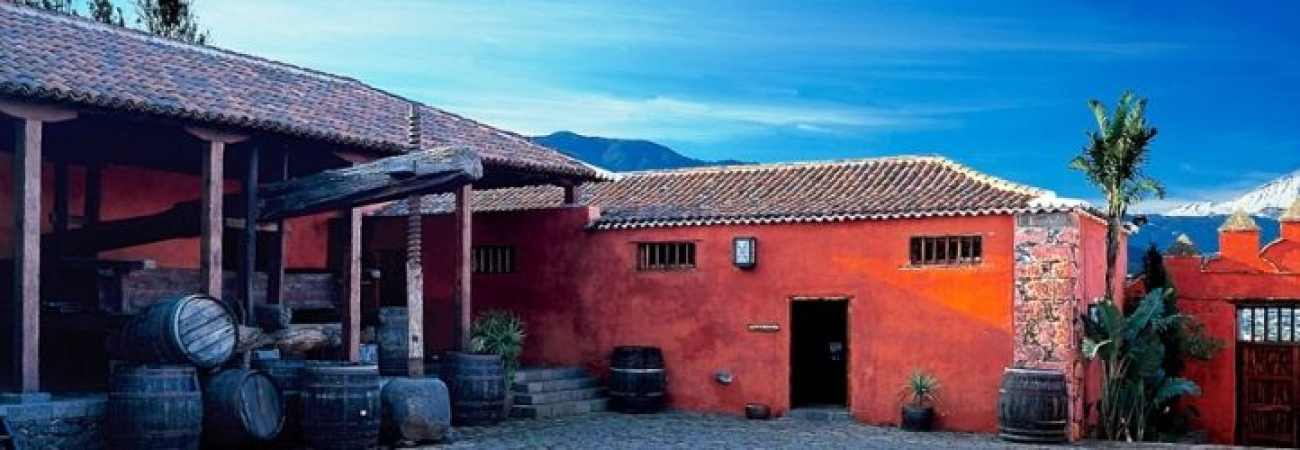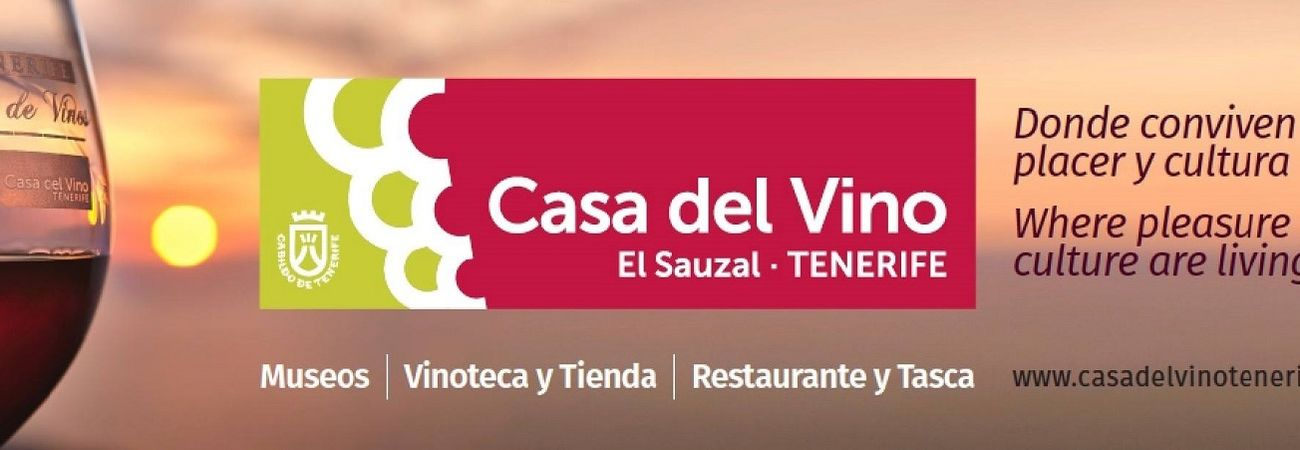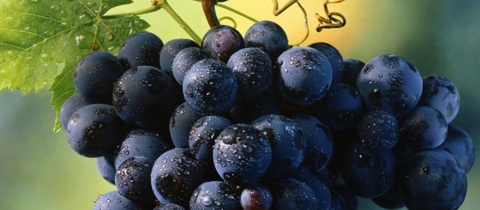Wine
The origins of vineyards in the Canary Islands, and particularly in Tenerife, date back to the time of the conquest by the Kingdom of Castile. The varieties of grapevine brought by settlers tended to be white, suitable for making strong wines, which were easier to conserve.
Varieties of grapes that produced lower quality wines were known as "vidueños", whereas fine wines included above all Malmsey, originally from Greece. Wines made from this variety were considered the best in the world, and could be found in all the Courts of Europe and in the best cellars of both the Old and the New World, with "Sack" and "Canary" becoming the flagships of Canary Island wines. In the 16th and 17th centuries, wines and vines played a fundamental role in both the economy and society of Tenerife, reaching a peak in the second half of the 16th century, with the sugar crisis.
Historians and writers of the time made many references to Canary wine, including those made by Sir William Shakespeare through his different characters and literary descriptions, mainly through Falstaff, who he calls the "barrel of Canary", and Sir Walter Scott in "Ivanhoe". The following is a quote from Shakespeare´s "Henry IV part II" - act 2, scene 4 - when Mistress Quickly says to Doll Tearsheet: "But i faith, you have drunk too much canaries and that´s a marvellous searching wine, and it perfumes the blood ere one can say: What´s this?". Shakespeare makes other references in "The Merry Wives of Windsor" and "Twelfth Night", in which Sir Tobias asks Sir Andrew Aguecheek: "O Knight! Thou lackest a cup of Canary?..."
English shipping laws of the late 17th century, giving protection to Portuguese wines, and the Spanish War of Succession in the early 18th century had a negative impact on foreign trade in Malmsey wine, leading to considerable losses in comparison with earlier times. Canary wine merchants responded to the crisis by exporting "vidueño" wines and "false Madeiras", taking advantage of the fashion for this wine, managing to penetrate the English and English American markets. This explains why red wine grape varieties were brought to the Canary Islands in the 18th century, necessary for producing this kind of wine.
Now, many years after all these historic and commercial vicissitudes, the wines of Tenerife are regaining their own personality and are becoming the ideal drink to accompany island dishes. Nowadays, Tenerife produces excellent young reds and other wines, all produced under 5 different marks of origin that cover the different growing areas.
VINES AND VARIETIES:
The quality of the grape varieties introduced by settlers, along with the fact that Tenerife was unaffected by the philoxera plague that ravaged European vineyards, made it possible to create an excellent wine-growing reserve in the islands.
Vines are grown between 50 m and 1600 m above sea level; the most widespread native varieties are Listán Noir, giving the wines rich primary aromas; Negramoll, which gives dry, light smooth and rounded wines, and Listán Blanc, which blends well with the other varieties. Other varieties, such as Malmsey, Gual, Tintillo, Forastera and Moscatel are also grown, but to a much lesser extent.
Local varieties have certain limitations for creating vintage wines. Of the 106 vineyards that operate in Tenerife, only 9 produce more than 100,000 litres of wine a year.









